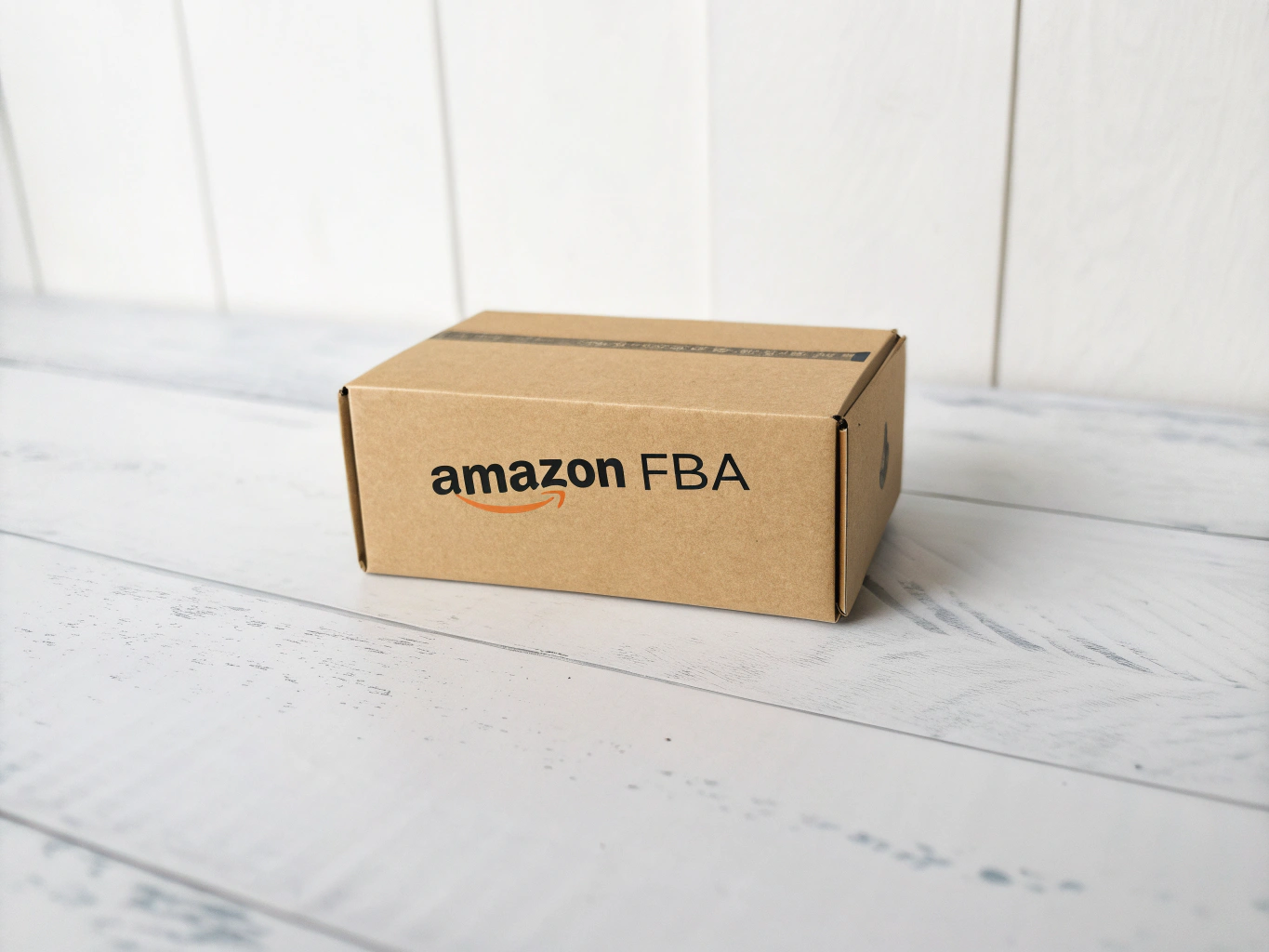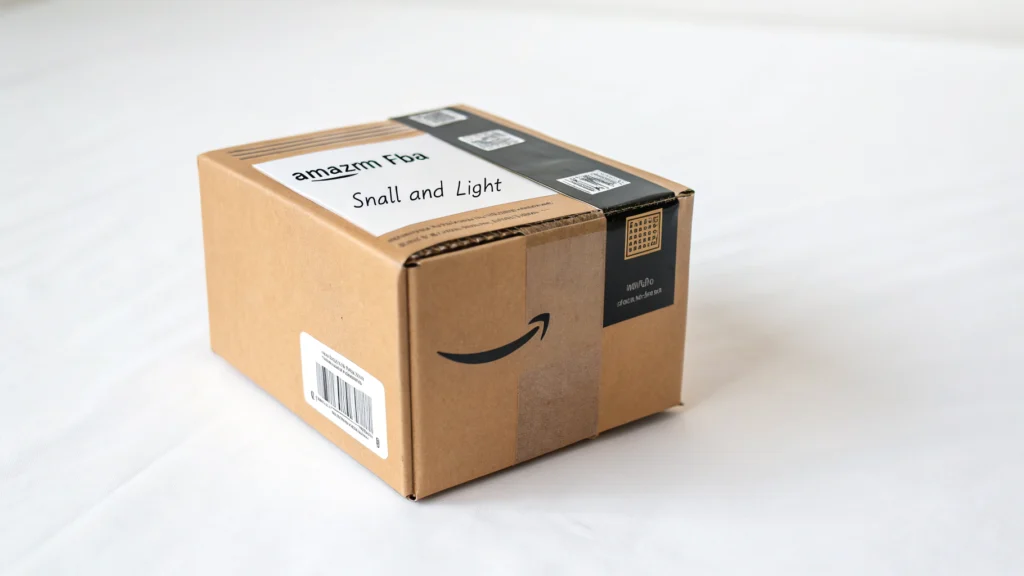Amazon FBA Small and Light: How It Boosts Your Profits Quickly
Are you struggling to make decent margins on your Amazon FBA business? Amazon FBA Small and Light could be the game-changer you haven't fully explored yet. This program is specifically designed for sellers with lightweight products who want to slash fulfillment costs and increase profits fast.
As an Amazon seller myself, I've seen how the right fulfillment strategy can make or break your business. Let's dive into how this program can transform your Amazon selling experience and put more money in your pocket.
What Exactly Is Amazon FBA Small and Light?
>Amazon FBA Small and Light, FBA profitability tips, lightweight products Amazon, increase Amazon profits, Amazon FBA shipping savings, small products FBA strategy, sell faster on AmazonThe Small and Light program is Amazon's solution for merchants selling small, lightweight items priced under $12. Instead of paying standard FBA fees, you get significantly reduced fulfillment costs—sometimes up to 30% less.
The math is simple: lower fulfillment costs = higher profit margins per unit.
This program works best when you're selling items that:
- Weigh 10 oz or less
- Have dimensions no greater than 16" x 9" x 4"
- Maintain a price point under $12
- Are non-hazardous and non-restricted
Why Small and Light Products Are Perfect for FBA Beginners
If you're just starting out with Amazon FBA, small and lightweight products offer several advantages:
- Lower initial inventory investment – You can buy more units with less capital
- Cheaper shipping to Amazon warehouses – Less weight means lower inbound costs
- Reduced storage fees – Small items take up less warehouse space
- Faster inventory turnover – Lower-priced items often sell quicker
How to Qualify for Amazon FBA Small and Light
Getting your products into this program isn't complicated, but you need to follow these steps:
- Ensure your product meets the size, weight, and price requirements
- Maintain a good seller performance history
- Have your inventory already in FBA
- Enroll eligible products through Seller Central
- Label your products according to Amazon's requirements
Remember that products must maintain a consistent sales history to stay in the program. If an item doesn't sell well, Amazon might remove it.

5 Ways Small and Light Boosts Your Bottom Line
Here's where the real profit-boosting magic happens:
1. Drastically Reduced Fulfillment Fees
Standard FBA fees for small items can eat up your margins. With Small and Light, you might pay just $2.16 for fulfillment instead of $3.00 or more—that's nearly 30% savings on every single unit sold.
2. Competitive Pricing Advantage
When your fulfillment costs drop, you can either:
- Keep your prices the same and enjoy higher profits
- Lower your prices to beat competitors and sell more volume
- Some combination of both strategies
3. Higher Purchase Frequency
Small, inexpensive items are often impulse buys or consumables that customers purchase repeatedly. This leads to more consistent sales and better inventory velocity.
4. Lower Return Rates
Lower-priced items typically have fewer returns than expensive products. Customers simply don't bother returning a $10 item even if they're not completely satisfied.
5. Extra Prime Badge Advantage
All Small and Light products still qualify for Prime shipping, making them more appealing to Amazon's most valuable customers—without the higher standard FBA fees.
Best Product Categories for Amazon FBA Small and Light
Not all product categories are created equal when it comes to this program. These categories tend to perform exceptionally well:
- Beauty accessories (hair clips, makeup applicators)
- Office supplies (pens, sticky notes, small organizers)
- Pet supplies (toys, collars, treats)
- Kitchen gadgets (measuring spoons, egg slicers)
- Craft supplies (beads, threads, small tools)
- Tech accessories (cables, phone stands, screen protectors)
- Personal care (travel-size products, sample packs)
Common Mistakes to Avoid with FBA Small and Light
Even with lower fees, you can still lose money if you make these mistakes:
- Ignoring product dimensions – Being even slightly over the size limits disqualifies your product
- Forgetting about Amazon's cut – Small and Light still involves Amazon fees and commissions
- Underestimating competition – The low barrier to entry means more sellers in this space
- Poor inventory planning – Running out of stock or overstocking can hurt your performance
- Neglecting product quality – Cheap doesn't mean poor quality; maintain good reviews
Strategic Pricing for Maximum Profits
Finding the sweet spot in pricing is crucial with Small and Light products:
- Start by calculating your absolute minimum profitable price
- Research competitor pricing for similar items
- Test different price points between $7-$12 to find the optimal conversion rate
- Consider bundle strategies to increase your average order value
- Use repricing tools to stay competitive without constant manual adjustments
Scaling Your Small and Light Business
Once you've got your first Small and Light product performing well, here's how to scale:
- Expand within successful categories – Add complementary products to your winners
- Leverage existing customer base – Use Amazon's advertising to target previous buyers
- Create product variations – Different colors, sizes, or styles of successful items
- Supply chain optimization – Negotiate better prices as your volume increases
- Consider private labeling – Differentiate from competition with your own brand
Is FBA Small and Light Right for Your Business?
While the program offers significant advantages, it isn't for everyone. Consider these factors:
- Product margins – Even with reduced fees, you need healthy margins
- Sales velocity – Items must sell consistently to stay in the program
- Competition level – Some Small and Light categories are extremely saturated
- Long-term brand building – Determine if low-price items align with your brand strategy
FAQ About Amazon FBA Small and Light
Q: Can I switch existing FBA inventory to the Small and Light program?
A: Yes, as long as your products meet all the requirements and are already in FBA inventory, you can enroll them through Seller Central.
Q: How long does shipping take for Small and Light products?
A: While standard FBA products typically arrive in 2 days for Prime customers, Small and Light items may take 2-4 days, though they still qualify for Prime.
Q: Can I remove my products from the program if it's not working out?
A: Yes, you can unenroll products through Seller Central. They'll return to standard FBA fulfillment.
Q: How frequently can I change prices on Small and Light products?
A: You can change prices as frequently as needed, but remember that the item must stay under $12 to remain in the program.
Q: Does Small and Light work for seasonal products?
A: Yes, but fluctuating sales velocity might affect program eligibility during off-seasons.
Final Thoughts: Making Amazon FBA Small and Light Work for You
Amazon FBA Small and Light offers a powerful way to boost profits on lower-priced items that would otherwise struggle with standard FBA fees. The key is selecting the right products, optimizing your listings, and maintaining strict control over your costs.
By focusing on high-quality items with good margins, you can build a sustainable business around these smaller products. Many successful Amazon sellers have built seven-figure businesses starting with Small and Light before expanding to higher-ticket items.
Remember, the goal isn't just selling cheap products—it's creating a streamlined, profitable business with lower risk and faster inventory turns. With the right strategy, Amazon FBA Small and Light can become your fastest path to e-commerce profitability.

